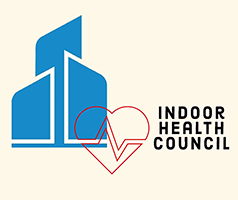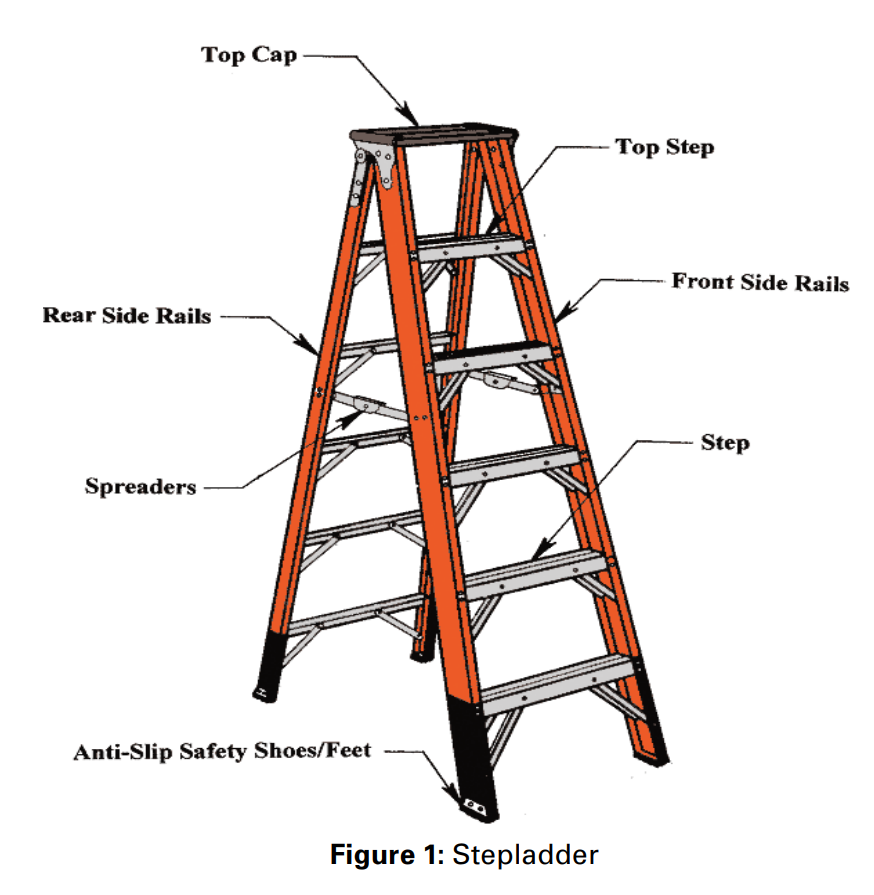Maximizing Mopping
Mopping is convenient but not optimal. It relates to cleaning floors the way a damp washcloth relates to bathing yourself; i.e., if you want to get really clean, take a bath or shower.
Still, here are the steps to mop correctly:
1. Use a freshly-laundered or new mop head as one that’s been used is contaminated.
2. Break-in a new cotton mop head to remove oils or factory treatments before first use:
a. Fill a mop bucket with warm water, add neutral cleaner or dish detergent, then immerse your mop in the bucket and agitate for 10 seconds to release contaminants and open the fibers for absorbency.
b. Wring, rinse, and repeat several times.
c. Dispose of the solution, exercise care to avoid straining when lifting the bucket, and prepare fresh solution.
3. Place signs to warn others of a slip hazard or cordon off the area.
4. Immerse the mop, wring it to be damp not dripping, and “cut-in” the area (the way painters coat a bedroom) by mopping along the floor edges.
5. Use a figure-eight or S-pattern with overlapping strokes for complete coverage of the main floor. Flip the mop after two or three passes and use both sides, then return to the bucket and repeat #4a.
6. Change the water as many times as possible.
7. Consider using microfiber flat mops as they remove more soil and are simpler to clean and replace.
As consultants David Harry and Jack McGurk noted, hospitals need to be acutely aware of this issue: “Pathogens are consistently introduced to the floor by shoes, transport equipment such as wheelchairs and beds, treatment devices or computer carts, and non-slip patient socks that traverse the floors and frequently [transmit germs] directly into a bed [85% of socks in one study harbored VRE.]”
Optimizing mopping, or better still, moving away from it? Consult a cleaning expert such as Dr. Robert Powitz.




